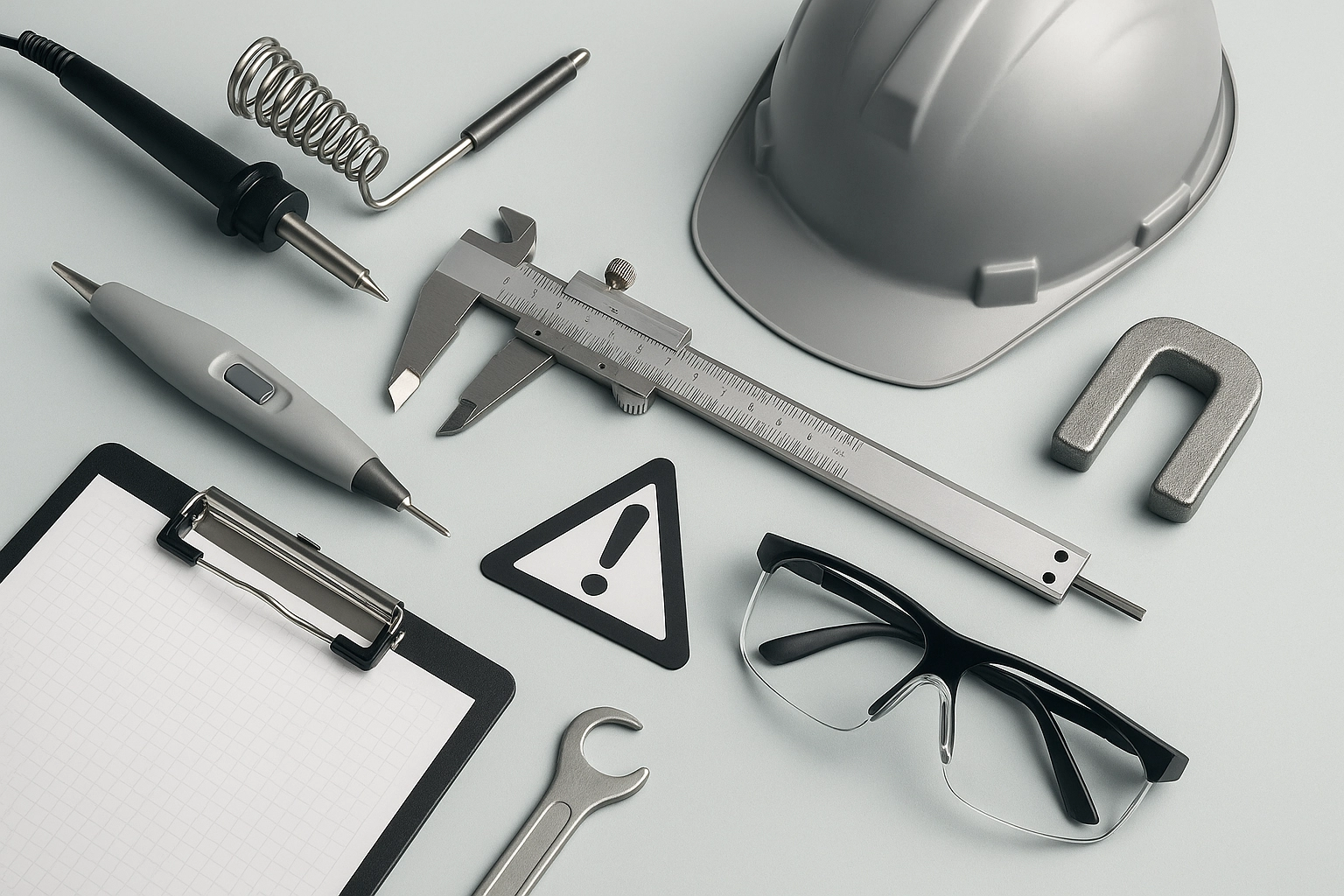ASTM F963 Sharp Edge Hazard Evaluation
The ASTM F963 standard is a critical framework used by toy manufacturers and safety professionals to ensure that toys are free from hazards, including sharp edges. This evaluation process focuses on identifying any parts of the toy that could potentially cause injury due to sharpness. Toys with sharp edges can pose significant risks to children, especially infants and toddlers who may put objects in their mouths or play roughly.
The ASTM F963 standard is part of a larger set of safety guidelines designed to protect children from hazards found in toys. By conducting this evaluation, manufacturers can ensure that their products meet the stringent requirements set forth by ASTM International. The sharp edge test is one of several tests outlined in ASTM F963 and aims to identify edges that could cause cuts or punctures when a child comes into contact with them.
The testing process involves examining toys for any areas where a straightedge can be inserted, indicating the presence of a sharp edge. The test requires careful observation and documentation to ensure compliance with safety standards. This service provides an in-depth evaluation of toy edges using precise methods and equipment to determine whether they meet industry safety requirements.
Manufacturers who fail to comply with ASTM F963 may face legal consequences, including fines or recalls, which can severely impact their reputation and business operations. Therefore, it is essential for companies to understand the significance of this evaluation and why it matters in terms of protecting public health and preventing injury.
The sharp edge hazard test is just one aspect of broader toy safety regulations. When conducted properly, these tests help ensure that toys are safe for use by children. Compliance with ASTM F963 not only protects consumers but also demonstrates a commitment to quality and responsibility on the part of manufacturers.
By adhering to these standards, companies can build trust with parents and guardians while maintaining their own good standing within the industry. Failure to meet such requirements could result in product recalls or even lawsuits, which would be detrimental to both brand image and financial stability.
Why It Matters
The ASTM F963 sharp edge hazard evaluation is crucial for several reasons. Firstly, it helps protect children from potential injuries caused by sharp edges on toys. Secondly, compliance with this standard enhances the reputation of toy manufacturers and establishes them as responsible corporate citizens. Lastly, adherence to these regulations can prevent legal issues associated with non-compliance.
Children are particularly vulnerable to accidents involving sharp objects due to their curiosity and tendency to explore their environment through touch and play. Toys that do not meet safety standards may contain parts with sharp edges that could cut or puncture skin if ingested or used improperly. Such incidents can lead to serious medical conditions requiring hospitalization, which places additional burden on healthcare systems.
Manufacturers who prioritize product safety by investing in rigorous evaluation processes like the ASTM F963 sharp edge test demonstrate their commitment to responsible business practices. This approach fosters trust between companies and consumers, reinforcing positive perceptions about brands that uphold high standards of quality control.
Lawsuits arising from toy-related injuries can be costly for businesses involved. Companies found negligent in failing to adhere to relevant safety guidelines risk facing substantial damages awards paid out by insurance providers or directly absorbed into operational costs. By proactively addressing these concerns through thorough testing procedures, firms minimize exposure to litigation risks while promoting safer environments for all users.
Benefits
- Enhanced Safety: Ensures toys are free from sharp edges that could cause injuries.
- Better Reputation: Establishes your company as a leader in safety and quality.
- Avoidance of Legal Issues: Reduces the risk of product recalls or lawsuits due to non-compliance with industry standards.
- Increased Consumer Confidence: Builds trust among parents and guardians who can feel assured that their children's toys are safe.
Industry Applications
| Application Area | Description |
|---|---|
| Manufacturing | Evaluating toy components for sharp edges before assembly to ensure safety. |
| R&D | Testing new designs during the development phase to identify potential hazards early on. |
| Safety Compliance | Ensuring toys comply with international safety standards such as ASTM F963. |





